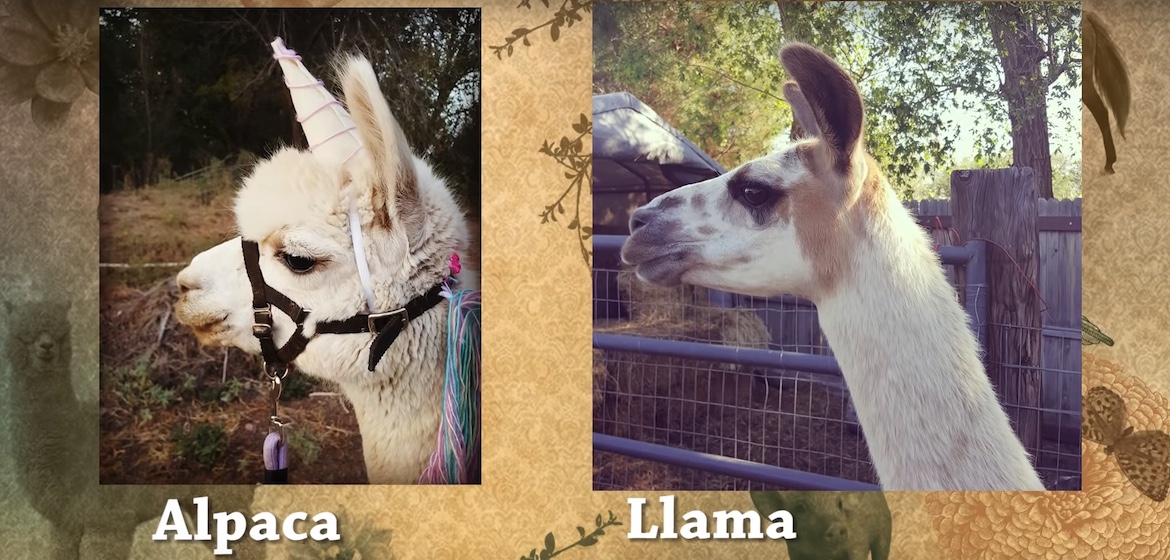Alpacas and llamas are very similar to each other, and it is easy to confuse one with the other for these two furry animals. But they are two different kinds of animals, and they have many differences that make them unique from each other. Lamas and alpacas are both fluffy and beautiful, but if you've ever wondered how to tell them apart, we've got 7 key differences for you.
Although alpacas and llamas are often lumped together, they differ in key ways. The most noticeable physical differences between alpacas and llamas are their size, coat, and muzzle shape. They also differ in disposition, which affects how people have used them over the years. Let's break it down in more detail.


